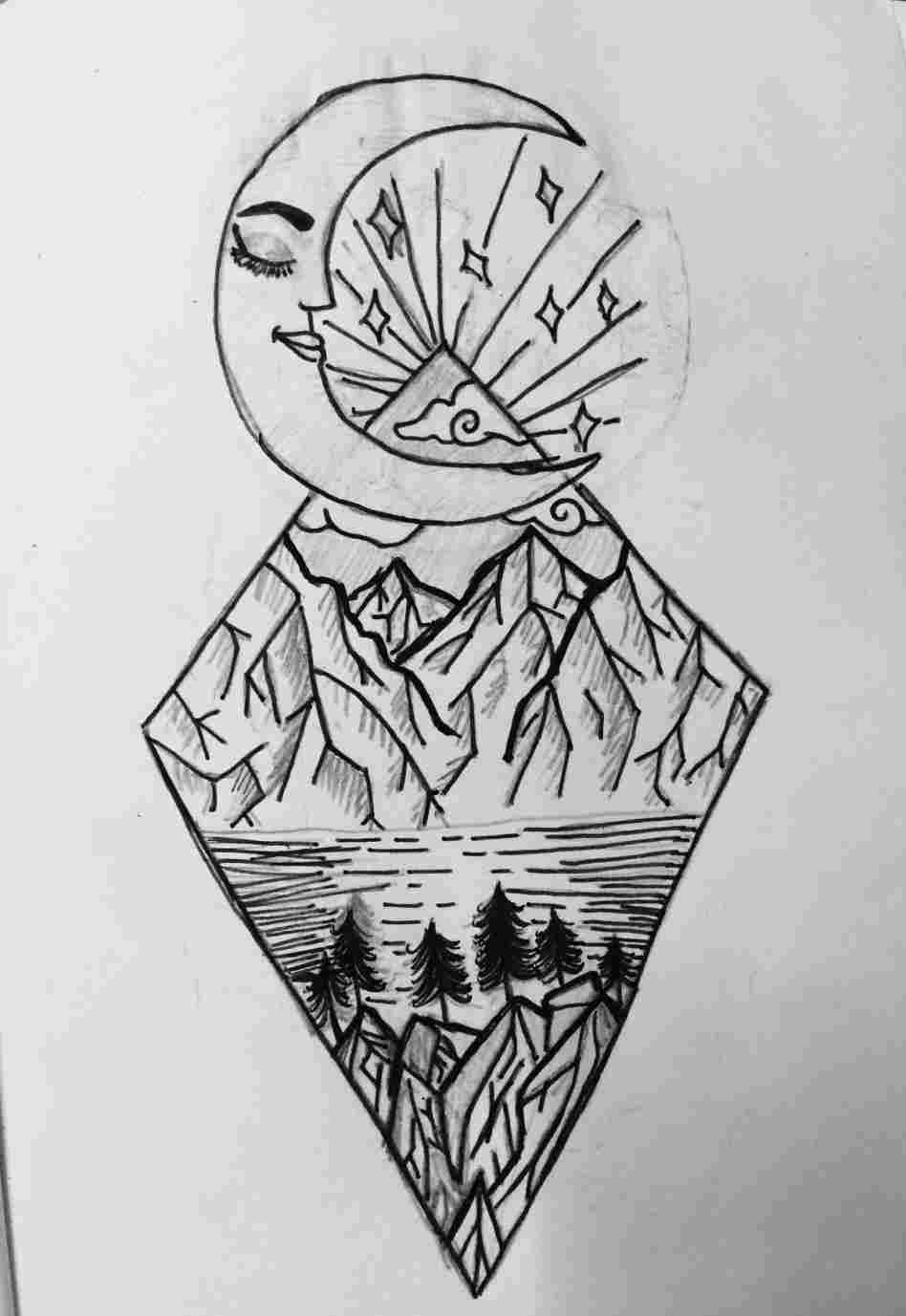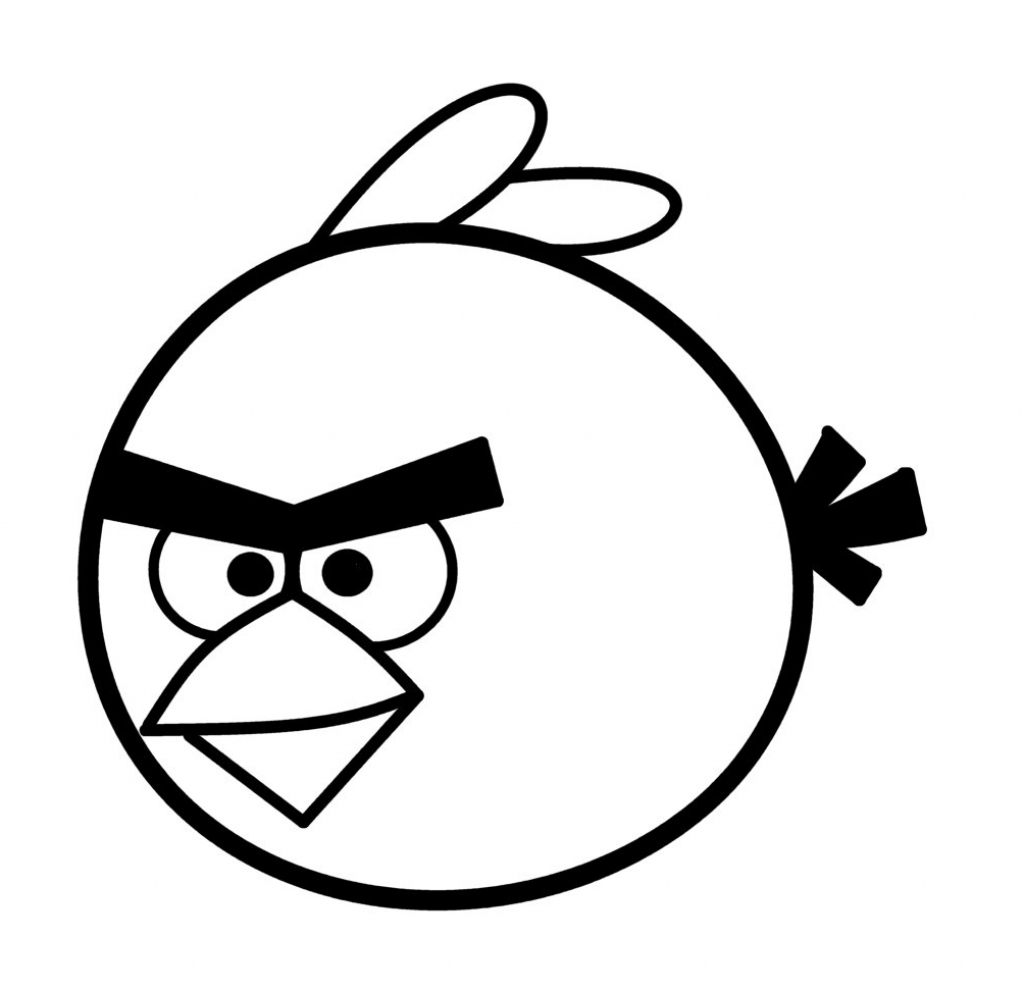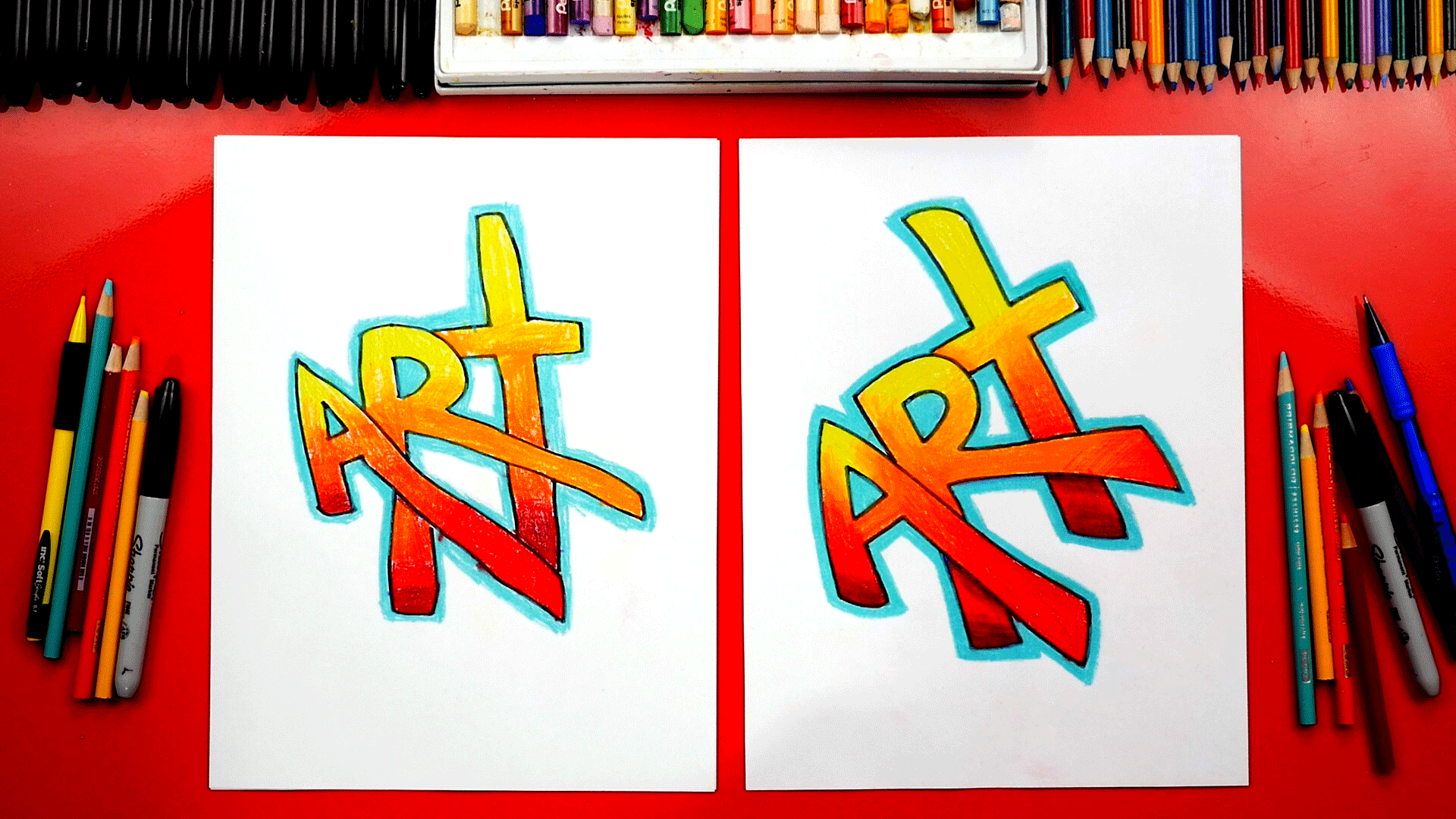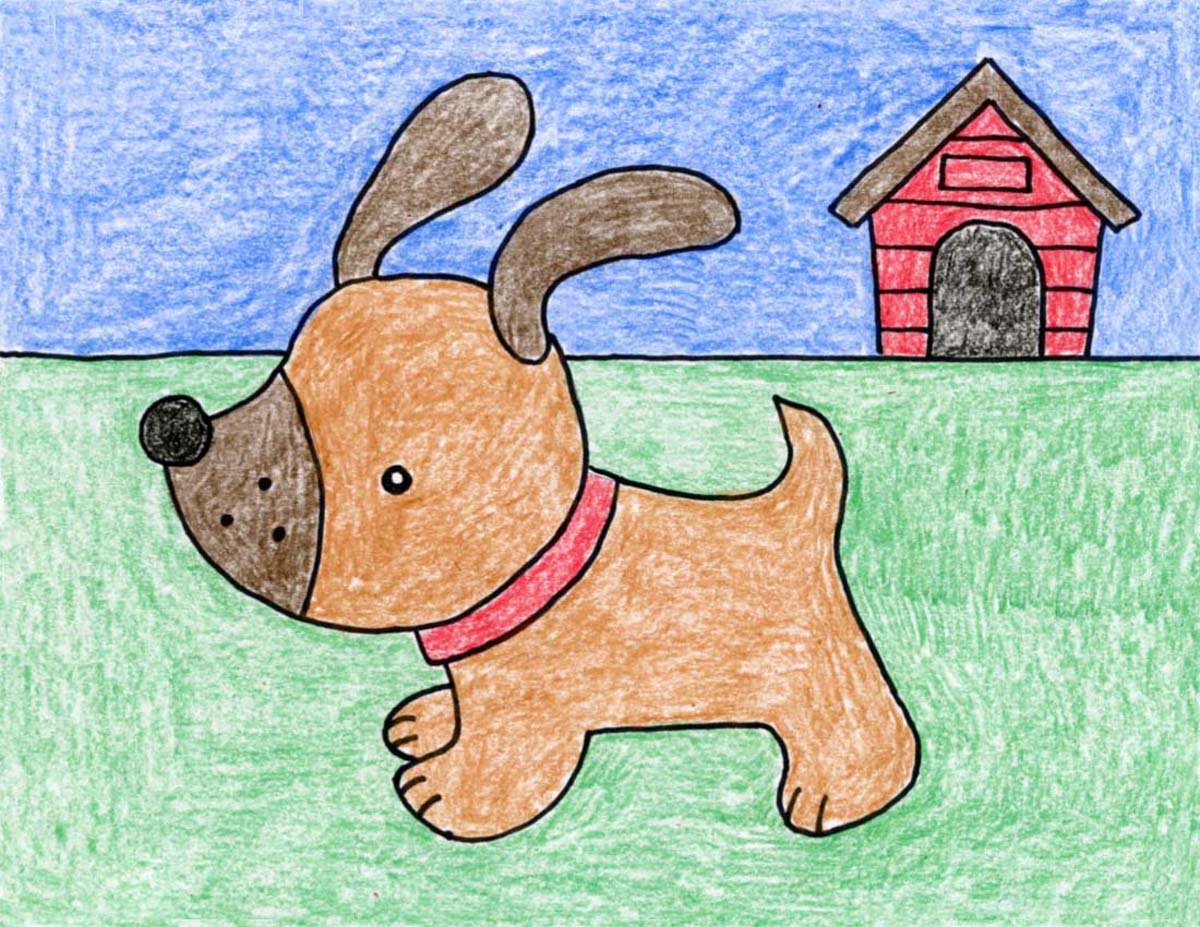How to draw
Table of Contents
Table of Contents
If you’ve ever wanted to learn how to draw, you’re not alone. With the COVID-19 pandemic keeping us at home, many people have taken up new hobbies, including drawing. Drawing doesn’t require a lot of equipment and can be a great way to destress and unwind after a long day. In this article, we’ll explore how to draw in detail and provide tips and tricks for those who are just getting started with the art form.
The Struggle with Drawing
Many people struggle with drawing, and it’s common to feel frustrated when you can’t seem to get a particular object or shape just right. This is especially true for beginners who are just starting with the art form. It can be tempting to give up and assume that you just don’t have a talent for drawing, but that’s not necessarily the case.
How to Draw
The truth is that drawing is a skill that can be learned and improved upon with practice. There are a few key things that you’ll need to keep in mind as you begin your drawing journey.
- Start with simple shapes and work your way up to more complex objects.
- Practice regularly, even if it’s just for a few minutes each day.
- Use references, like photos or still life objects, to help you get the details just right.
- Experiment with different drawing materials, like pencils, charcoal, or markers, to find what you enjoy working with the most.
Summary of How to Draw
In summary, drawing is a skill that can be learned with practice. It’s important to start with simple shapes, practice regularly, use references, and experiment with different materials. Don’t get discouraged if your drawings don’t turn out perfectly at first – remember that it’s all part of the learning process.
The Importance of Sketching
One of the most important aspects of drawing is sketching. Sketching is when you quickly draw out an object or scene as a rough draft before adding in the details. This helps you get a feel for the proportions and layout of your drawing before you start adding in the finer details.
Sketching Techniques
When you’re sketching, try to keep your lines loose and free. Don’t worry about making everything look perfect at this point – just focus on getting the basic shapes down on paper. Once you have your basic shapes down, you can start adding in more detail and refining your lines.
Using Sketching to Improve Your Art
Sketching is an important tool for improving your drawing skills. It allows you to work out any issues with proportions or layout before you commit to the final details. If you’re struggling with a particular object or shape, try sketching it out first and see if that helps. Remember, practice makes perfect!
Drawing from Life
Drawing from life is another great way to improve your drawing skills. Instead of relying solely on photos or reference materials, try setting up a still life scene and drawing it from different angles. This will help you learn how objects interact with light and shadow, as well as give you a more realistic understanding of perspective.
Drawing from Life Techniques
When you’re drawing from life, take the time to really observe your subject. Pay attention to the way the light falls on it and the different textures and shapes that make up the object. Don’t be afraid to experiment with different angles and viewpoints to find the one that works best for your drawing.
Practicing with Drawing from Life
Drawing from life is a great way to improve your drawing skills and gain confidence in your abilities. If you don’t have any still life objects on hand, try drawing a landscape or even a portrait of someone in your household. Remember to be patient with yourself and keep practicing!
Question and Answer
1. What’s the best way to get better at drawing?
The best way to get better at drawing is to practice regularly and start with simple shapes before working up to more complex objects.
2. Do I need to have natural talent to be good at drawing?
No, you don’t need to have natural talent to be good at drawing. Drawing is a skill that can be learned and improved upon with practice.
3. How can I make my drawings look more realistic?
You can make your drawings look more realistic by paying close attention to the way light falls on objects and experimenting with different textures and angles. Drawing from life can also help you gain a better understanding of perspective.
4. What should I do if I get frustrated with my drawings?
If you get frustrated with your drawings, take a break and come back to them later. Remember that drawing is a skill that takes time to develop, and it’s okay if your drawings don’t turn out perfectly at first.
Conclusion of How to Draw
In conclusion, drawing is a skill that can be learned and improved upon with practice. It’s important to start with simple shapes, practice regularly, use references, and experiment with different materials. Sketching and drawing from life are also important tools for improving your skills. Don’t get discouraged if your drawings don’t turn out perfectly at first – remember that it’s all part of the learning process.
Gallery
Random Drawing Ideas At PaintingValley.com | Explore Collection Of

Photo Credit by: bing.com / paintingvalley
Top 104 Ideas About Art - Drawing Tutorials On Pinterest | Horse

Photo Credit by: bing.com / draw drawing cartoons tutorials tutorial simple cartoon easy drawings faces
How To Draw

Photo Credit by: bing.com / manual tutsplus faciles lineas manuales theory habilidades المرحله تتعلم الرسم كيف
Easy Drawing Photos | Free Download On ClipArtMag

Photo Credit by: bing.com / easy drawing clipartmag
Drawing Tutorials | Pencil Drawing Tutorials | Drawing Tutorial

Photo Credit by: bing.com / malen puppy tutoria hunde zeichenunterricht boceto fisch çizimler kolay imgarcade thestylishpeople scontent mad1





